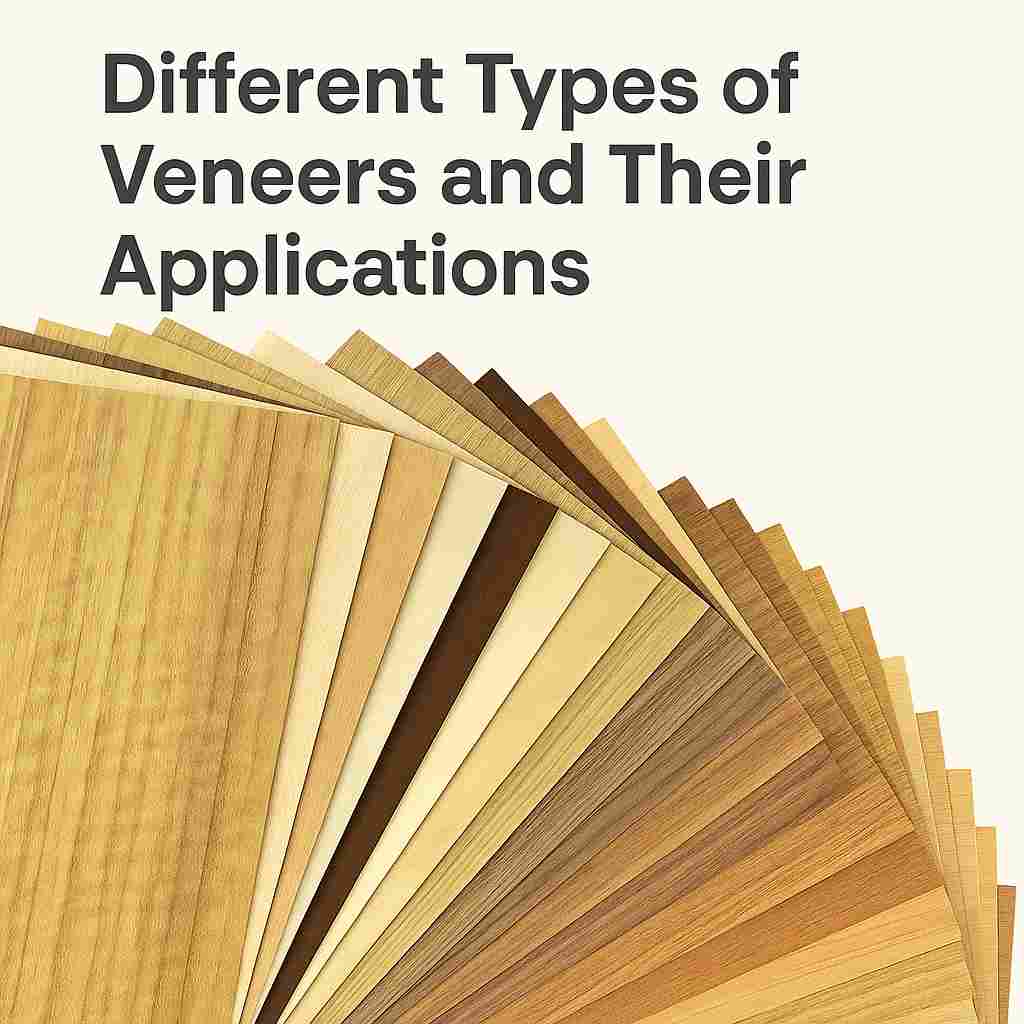


Veneer sheets bring real wood elegance to interiors. Explore types, textures, and styles perfect for furniture and architectural applications.
When it comes to elevating interiors with natural textures and timeless aesthetics, veneer sheets play a pivotal role. They are not only cost-effective but also incredibly versatile, making them a popular choice in interior design and architectural applications. Whether you’re designing furniture or adding a layer of sophistication to walls and ceilings, choosing the right type of veneer sheet can make all the difference.
A veneer sheet is a thin slice of wood, typically less than 3mm thick, that is glued onto core panels like plywood, particle board, or MDF. This allows you to enjoy the beauty of real wood without the high cost or environmental impact of using solid wood throughout.
Understanding the different types of veneer sheets helps in making the right selection for your next design or furniture project. Here’s a breakdown of the most popular options:
Derived directly from real logs, natural veneers retain the grain, texture, and unique imperfections of the wood. They are ideal for decorative veneers in upscale interiors where authenticity is key.
For more vibrant or customized aesthetics, dyed veneers are tinted using dyes that penetrate the wood fibers. These are excellent when you want consistency in tone or a pop of color in furniture veneer or paneling.
Often a combination of techniques and materials, designer veneers offer premium patterns and textures that mimic exotic woods or even artistic designs. These are particularly suited for feature walls and premium furniture.
A trending choice in modern interior design, fluted veneer—especially fluted oak veneer—offers a 3D ribbed texture that adds depth and a tactile element to vertical surfaces.
With a factory-applied finish, prefinished wood veneers save time and labor. They’re durable, easy to install, and great for ready-to-assemble furniture or fast-track projects.
Some veneer types are categorized by the wood they come from, each offering unique tones and grain patterns:
Veneers aren’t just for furniture—they’re becoming essential in various interior applications:
Whether you prefer the authenticity of natural veneer or the creative liberty of designer veneers, there’s a veneer sheet to suit every design language. With the right selection, you can elevate any space—residential or commercial—with timeless beauty and tactile sophistication.
